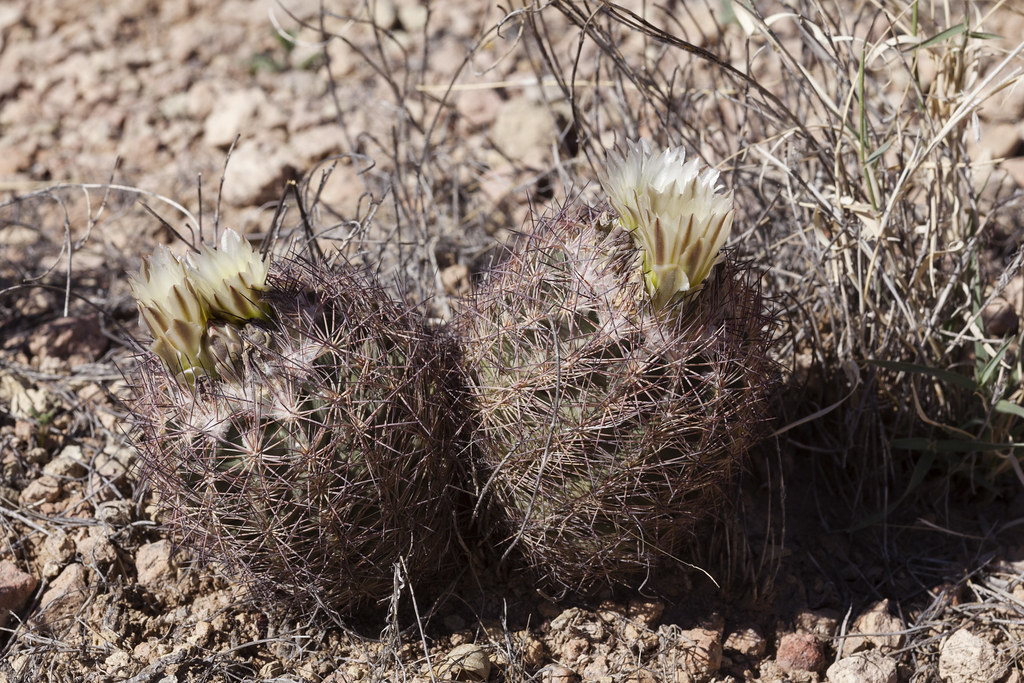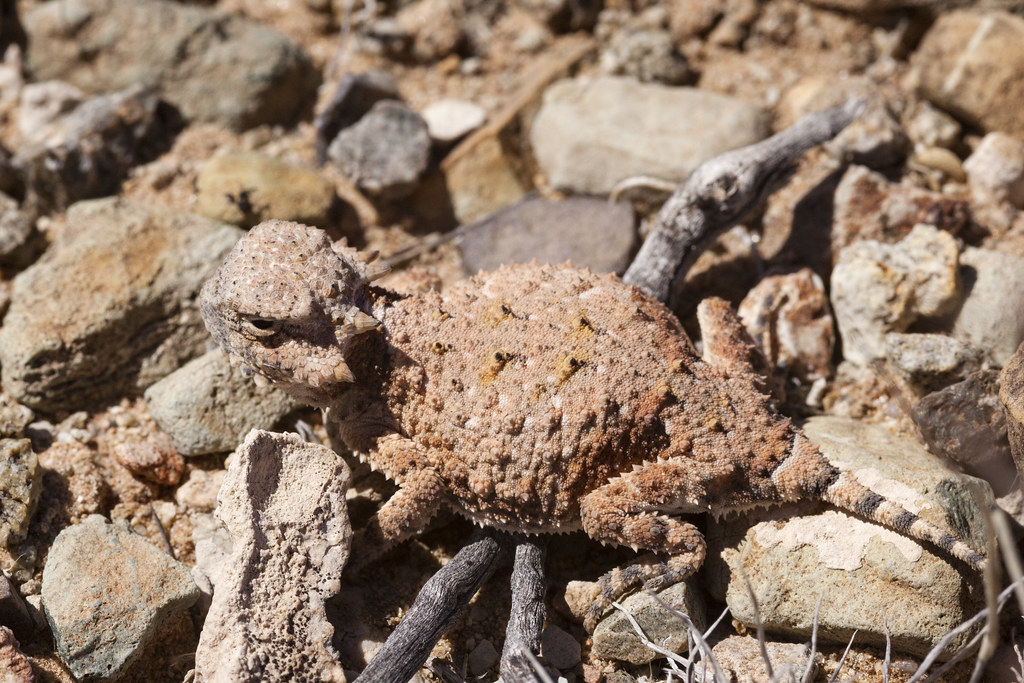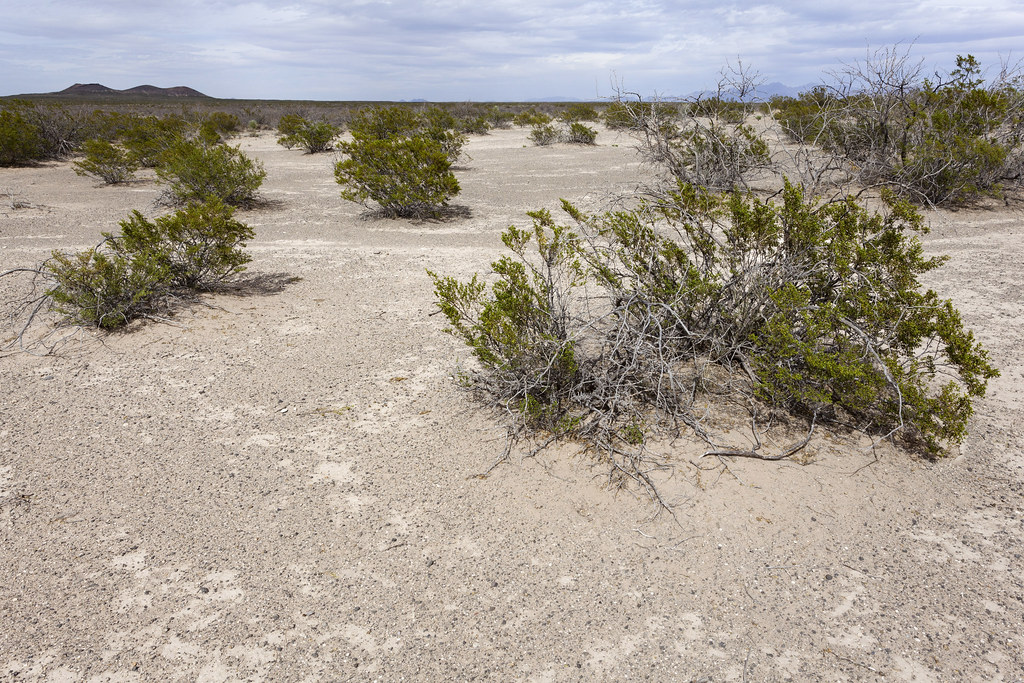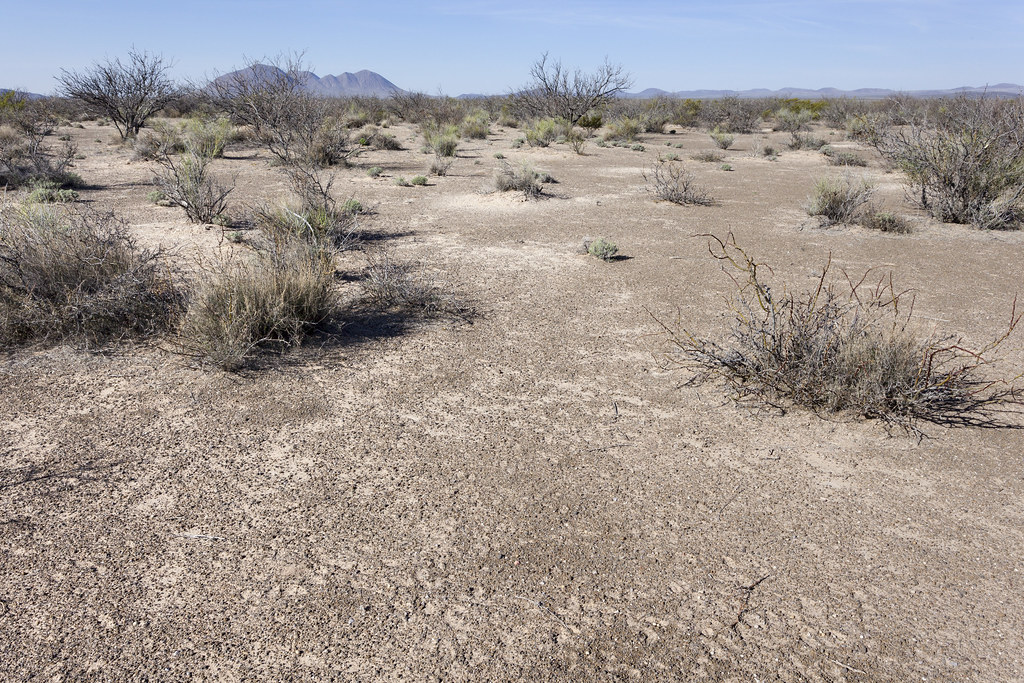I arrived in Lander, Wyoming a little less than two weeks ago to work for the Rangeland section of the Bureau of Land Management. I was hired to monitor the effects of grazing animals on grasslands in south-central Wyoming. With an interest in grasslands and wildfire, a love of being outside, and training in geology, I was extremely excited to begin work! These first two weeks have definitely been busy and interesting and full of adjusting to a new place, job and people.
Driving into Lander, the first thing I noticed was the vastness of the landscape and the beauty of the rocks. Huge uplifted red, orange and yellow layered sand and mudstone lined the highways; the perfect frame for a town, the perfect home for a Mesozoic fossil. The sense of space is a lot different from the crowded city corridor of the East Coast, where I grew up and went to college. Driving through the country to Lander was like driving through above an ocean; awe-inspiring, immense, and of-another-world. The landscape and altitude were two of the first things I adjusted to, or, am adjusting to, since coming to Wyoming.
During the first two weeks of work I’ve been learning more about the areas we’re working in, the animals we’re working with, and the people we’re working with. The work is very interesting; we’re monitoring grazed and non-grazed grasslands in order to study the effect of cattle, antelope, sheep and wild horses on the important sagebrush-steppe ecosystem. One of the perks of the job is getting to be outside all day in an incredibly beautiful landscape; there’s no shortage of sagebrush, antelope, or mountains. Another perk is that I’ve gotten to meet people who are doing very interesting work at the BLM, those working on everything from wildfire fighting to wild horse management, archeology to recreation planning! Everyone has been very friendly and excited to talk about their work.
There was a huge learning curve the first week, but I’m starting to feel more and more comfortable. I can now tell the difference between several allotments and cattle pastures, a handful of cow brands, and various western flora and grasses. I’m excited to see how much more I’ll know, and how much more adjusted I’ll be, in the next two weeks!
–Bureau of Land Management, Lander Field Office, Wyoming–















































